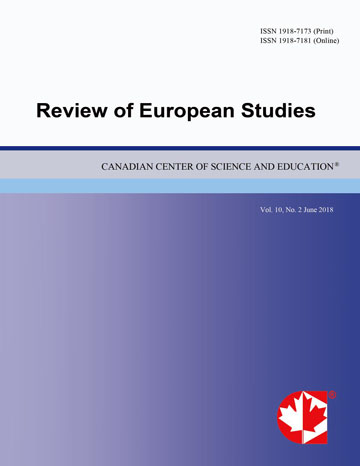The Irascible Heroine in E.T.A. Hoffmann’s Fairy Tale, “Princess Brambilla: A Capriccio in the Style of Jacques Callot”
- Val Scullion
- Marion Treby
Abstract
This socio-linguistic study of a selection of E.T.A. Hoffmann’s literary fairy tales, particularly “Princess Brambilla: A capriccio in the style of Jacques Callot” (1820), focuses on his revisioning of contemporary social discourses on gender. Conventionally, these discourses depicted men as dominating and women as subservient, whereas Hoffmann’s wide range of fairy-tale characters subverts a strict gender differentiation. The authors’ use of a Bakhtinian method to disentangle interdependent narrative strands in this carnivalesque fairy tale reveals its lack of a single patriarchal ideology. By exploring the relationship between “Brambilla”’s unconventional heroine Giacinta-Brambilla, and unheroic hero Giglio-Chiapperi, their argument demonstrates how Giacinta’s dominance facilitates Giglio’s developing self-knowledge. Through examining differing critical interpretations of Hoffmann’s presentation of women, the authors argue that, set against the normative values of his time, “Princess Brambilla” takes a subversive position. In short, Hoffmann’s fairy tales, in their historical context, offered a new way to interpret gender.
 PDF
PDF
